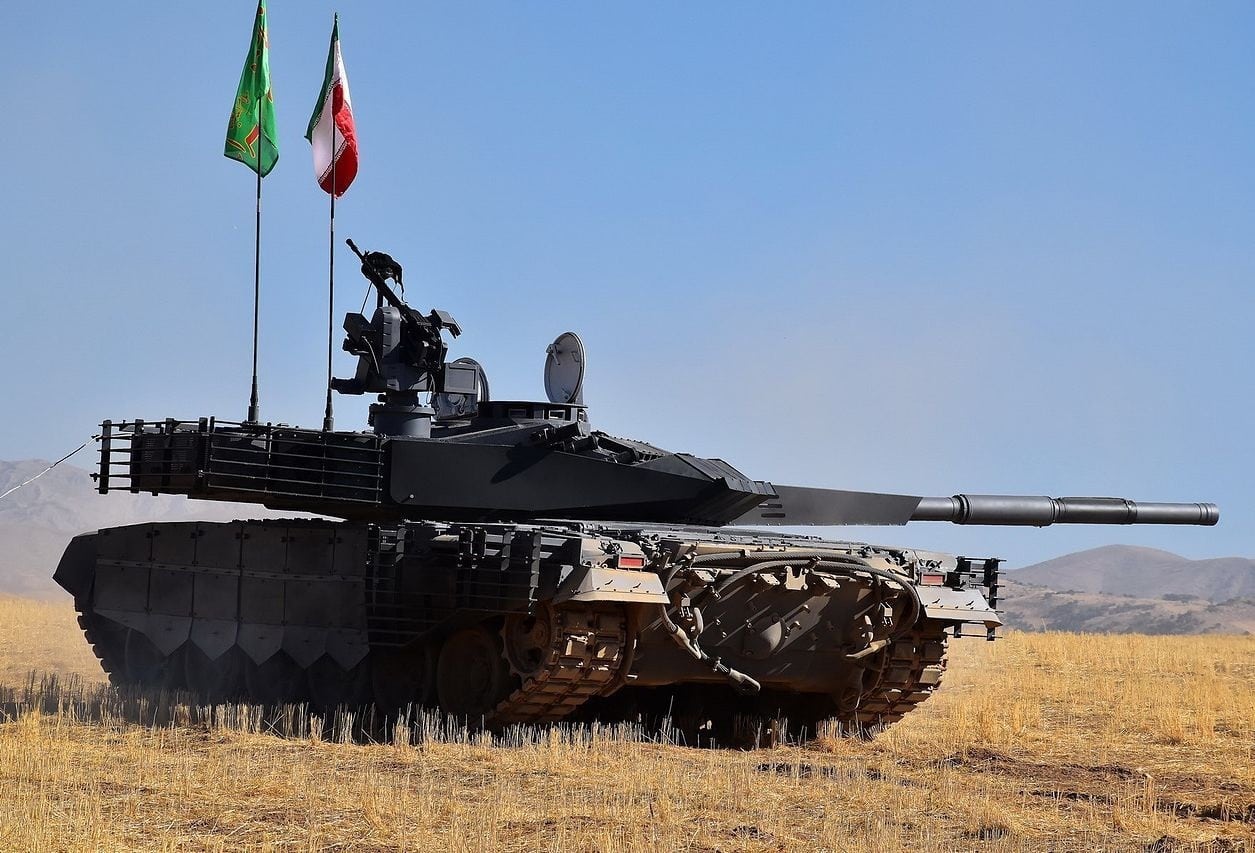Iran makes its living with asymmetric warfare. Whether it’s drones or ballistic missiles – Iran focuses on cheaper weapons systems that can still create advantages. The Iranians have the best missile program in the Middle East. It even boasts specialized cruise missiles and anti-ship missiles. Boasting, of course, is what the Iranians do best. But they often stay busy at copying, innovating, and improving their tactics and capabilities for warfare. With that, here is my review of Iran’s 5 deadliest weapons of war:
Iran’s 5 Deadliest Weapons of War – The Shahed-149 “Gaza” Drone
The Shahed-149 “Gaza” unmanned vehicle is a copycat of the American Predator and Reaper drones. It can engage in intelligence, surveillance, or reconnaissance. The Gaza can also be an attack drone and employ electronic warfare.
It can carry a total of 13 bombs or missiles. Its duration is 35 hours with a 35,000 feet ceiling.
The Gaza’s range is 4,300 miles.
Iran commanders have bragged that the new drones can fly from Iran, attack Israel, then fly back. They also point to a video showing missile-lock on moving targets.
Iran’s 5 Deadliest Weapons of War – Sejjil-2 Medium-range Ballistic Missile
The Sejjil-2 is the one that Israelis and Americans worry about. This is a two-stage solid-fueled medium-range ballistic missile. It could be nuclear-capable one day. Its range is 1,200 miles. It is also road-mobile. Solid fuel makes it quicker to launch compared to many other Iranian missiles that are liquid-fueled.
Its maximum payload is 2,200 pounds.
This missile could be an original or organic model that the Iranians devised themselves rather than building on Chinese designs. Although it is likely that they used Chinese-assistance for the missile’s propellant.
Iran’s 5 Deadliest Weapons of War – Khalij-Fars Anti-ship Missile
The Khalij-Fars (translated as “Persian Gulf”) is based on the Iranian Fateh-110 short-ranged ballistic missile. It carries a 1,400-pound high-explosive warhead to slam into moving ships. The anti-ship missiles is reportedly accurate. Since the Persian Gulf is narrower than the open ocean, the Khalij-Fars could be dangerous in the Gulf.
It could receive targeting data from Iranian patrol boats, drones, or helicopters. And the targets would have less time to maneuver.
A variant of the Khalij-Far can attack enemy radar installations. The Khalij-Far could also be paired with various Iranian cruise missiles in a multi-missile barrage that might even overwhelm enemy defenses such as the American Aegis system.
Iran’s 5 Deadliest Weapons of War – Karrar Main Battle Tank
The Karrar is a significant improvement over the Iranian T-72S tank. New features include an updated turret, a new fire control system, reactive armor, laser range finder, and improved fire power. It is still based on the T-72 and is similar to the Russian T-90, maybe even a clone. It sports a 125mm main gun. The gun now has a better sight and a thermal imager.
The tank can fire high-explosive anti-tank rounds, sabot rounds, and fragmentation rounds. Islamic Republic Ground Corps said last year it would get 800 of the Karrars.
Iran’s 5 Deadliest Weapons of War – Mowj-class Guided Missile Frigate
The Mowj-class frigate is a versatile ship. It can engage in surface-to-surface attack-mode, conduct anti-submarine warfare, and take part in surface-to-air combat. The frigate has a displacement of 1,500 tons, a speed of 30 knots, and a crew of 140. The Mowj-class is the most advanced ship in the Iranian navy (the IRIN). The radars are up-to-date, and it carries Noor anti-ship missiles with a 124-mile range.
The frigate also carries four surface-to-air missiles. There are even anti-submarine torpedo launchers.
1945’s new Defense and National Security Editor, Brent M. Eastwood, PhD, is the author of Humans, Machines, and Data: Future Trends in Warfare. He is an Emerging Threats expert and former U.S. Army Infantry officer.

